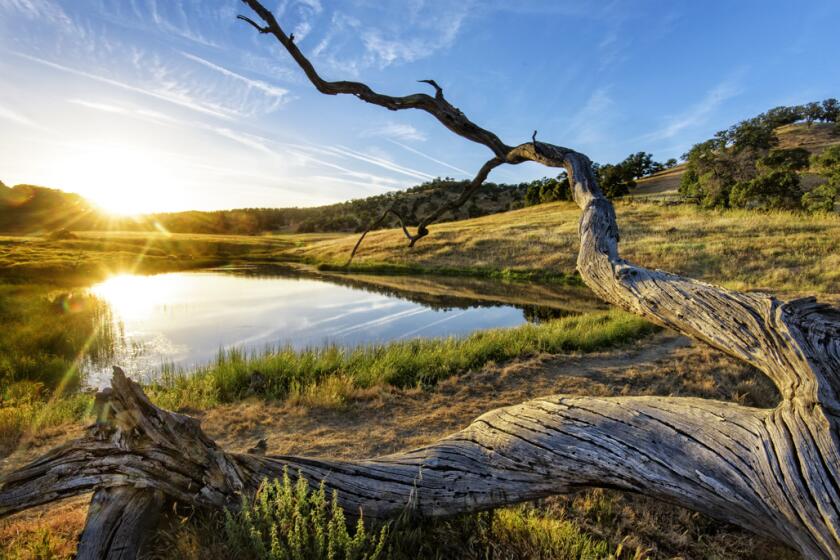Description of Marsh off Mark
* After reading the first paragraph in your Feb. 20 article about the San Joaquin Freshwater Marsh restoration, I wondered if you had gone to some other place by mistake.
You used words like flat, murky, deteriorated, barren and choking on weeds to describe the freshwater wetlands. Yet any of our frequent visitors, both human and animal, will contradict this description.
They have the eyes and insight to recognize a wetlands as one of the most productive habitats in the world. Peregrine falcons and great blue herons hunt around ponds that are full of ducks and shorebirds. Barn owls, white-tailed kites, pied-billed grebes and tree swallows raise their chicks safe from surrounding development. Late afternoon visitors listen to honking Canada geese that seek shelter on the ponds after a day of grazing on local agricultural fields. Trails abound with evidence of raccoons and coyote.
Parents bringing their children to summer camp said the location was “wonderful . . . a secluded country-like setting hidden in the middle of Irvine.”
How can this quiet, restful, full-of-life marsh be described as a place “not suited for its inhabitants?” For two years in a row, more birds have been seen from a stationary site at the San Joaquin Wildlife Sanctuary than any other site in the entire nation. World-renowned bird of prey artist John Schmitt and I won the national bird-sighting contest this year with 97 species, beating states like Florida, New Jersey and Connecticut. The word is biodiversity, not barren!
TRUDE HURD
Project director
of environmental education,
Sea and Sage Audubon Society
Sign up for The Wild
We’ll help you find the best places to hike, bike and run, as well as the perfect silent spots for meditation and yoga.
You may occasionally receive promotional content from the Los Angeles Times.



